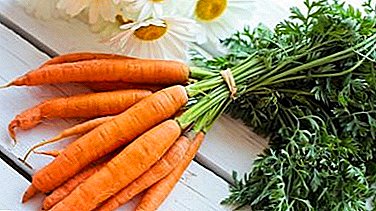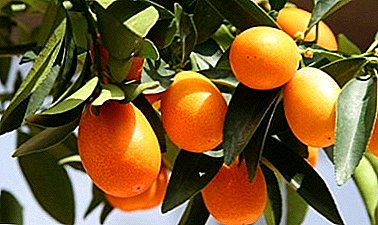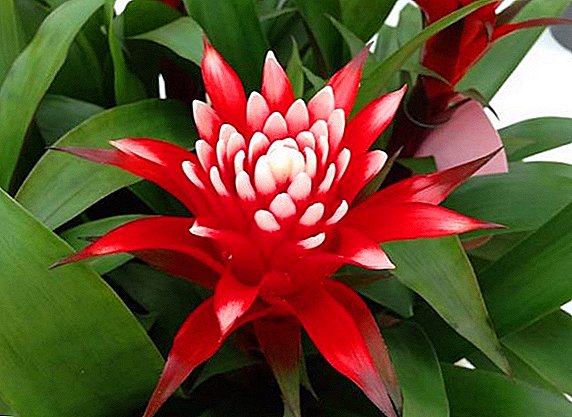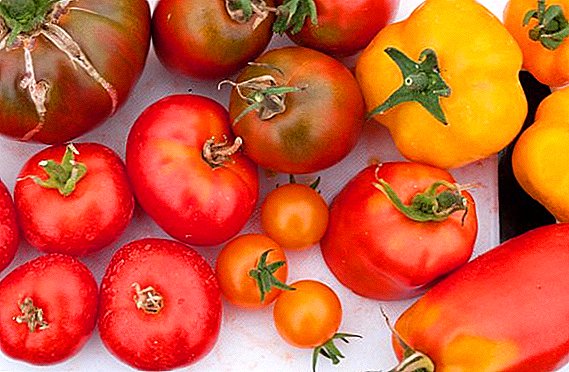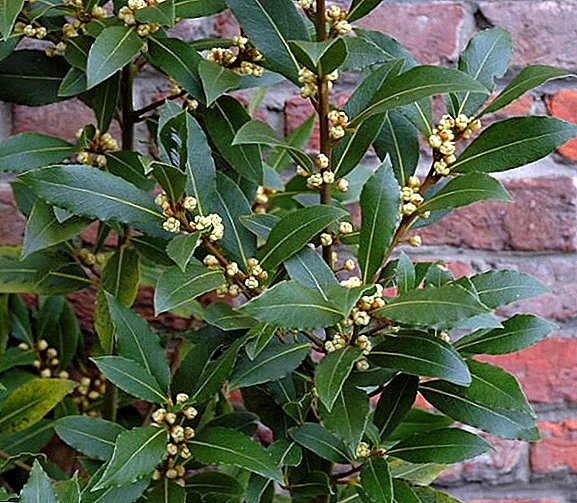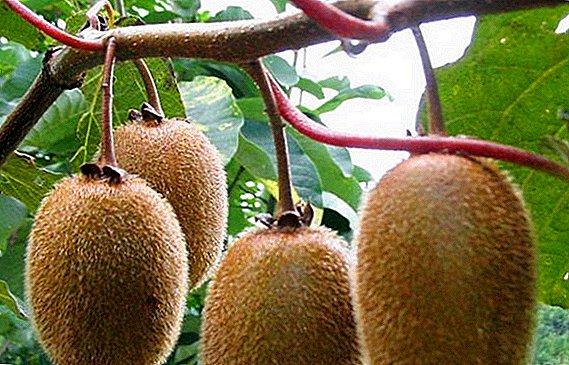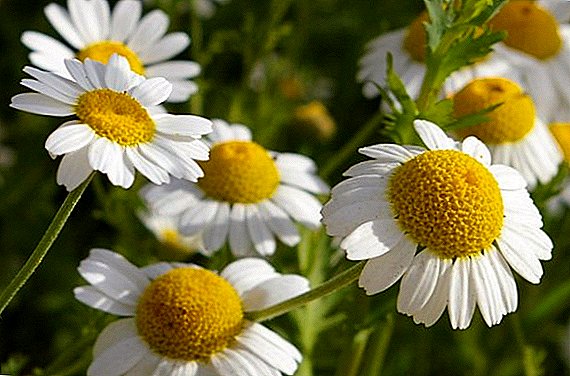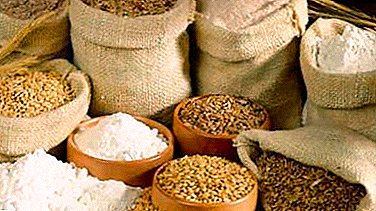
Chickens are the easiest to keep birds. In food, they are not picky: they feed on grain, and waste, and greens from the beds, feed for pigs and sheep. But with this imbalanced feeding, egg production suffers. The main purpose of laying hens is to lay eggs. Good performance can be achieved only by observing the conditions for the maintenance and feeding of birds. Moreover, the quality of food and diet play a crucial role for egg production in chickens.
Feeding these birds at home
The feeding mode of laying hens directly depends on the season:
- in winter 3 times a day;
- in the summer, 2 times a day, if there is a possibility of walking on green grass.
 It is recommended in the morning and at lunch to give wet food, and in the evening - dry. Before changing the feed, the feeders are thoroughly cleaned. Wet food is given as needed within an hour, otherwise it will turn sour. For high egg production, it is important to provide the birds with vitamins and minerals.
It is recommended in the morning and at lunch to give wet food, and in the evening - dry. Before changing the feed, the feeders are thoroughly cleaned. Wet food is given as needed within an hour, otherwise it will turn sour. For high egg production, it is important to provide the birds with vitamins and minerals.
In the summer there are herbs and greens in the diet. But in the winter, it will be necessary to additionally provide the hens with vegetables, germinated grain, silage and cake, dairy products, and feed in fish broth. With such a vitamin-rich diet chicken will be carried at full strength. Or introduce additional premixes (supplements with useful substances).
Important! Be sure to include in the daily diet of chickens 1 g of additives for egg production.
How much is needed per day: a table of the daily norm, which is eaten by 1 individual
On average, one hen of a hen needs 200 g of feed per day (wet and dry). Chickens are carried at night, so evening feeding should be rich in calcium to form a shell on eggs. Per day, one hen needs up to 300 ml of pure water.
It is necessary to carefully monitor the availability of clean water in drinking bowls.
Table of the approximate daily ration of chicken hens
| Type of feed (in grams) | Laying up to 47 weeks | Layer Over 47 Weeks |
| Bone flour | 1 | 14 |
| Fish flour | 4 | 0 |
| Fish and meat waste | 5 | 10 |
| a piece of chalk | 3 | 3 |
| Shell | 5 | 5 |
| Baker's yeast | 1 | 14 |
| Sunflower meal | 11 | 14 |
| Corn | 40 | - |
| Barley | - | 30 |
| Wheat | 20 | 40 |
| Greenery | 30 | 30 |
| Pumpkin | - | 20 |
| Carrot | 10 | - |
| Potatoes | 50 | 50 |
| Food salt | 0,5 | 0,5 |
Consumption when feeding feed: how much should be given per day?
 For beginner farmers, ready-made dry feeds come to the rescue. Per day goes from 120 g to 130 g of feed. Experienced farmers proceed from the weight of the bird to determine the amount of dry food. For chickens weighing 1.5 - 1.8 kg, 120 g is enough, and for birds weighing more than 2 kg - already 130 g.
For beginner farmers, ready-made dry feeds come to the rescue. Per day goes from 120 g to 130 g of feed. Experienced farmers proceed from the weight of the bird to determine the amount of dry food. For chickens weighing 1.5 - 1.8 kg, 120 g is enough, and for birds weighing more than 2 kg - already 130 g.
In general, laying hens should receive 20 g of raw protein and 300 - 320 Kcal per day. Compound feed is combined with wet food, which is suitable for feeding quails, but in spite of this, it is permissible to feed only to them.
Step-by-step instruction
Many farmers do not trust the purchase of feed, so they make food at home. It is easy to prepare your own feed for layers.
- Make a list of necessary ingredients (see below).
- Calculate their weight if only proportions are indicated in the recipe.
- Mix them up.
- Add premixes.
- If the feed is wet (mash), then pour water or broth.
- Giving on one feeding 75 g on 1 head when feeding with mixed feed. And about 120 g per 1 head when feeding chicken mixed feed (and mash, and feed).
List of required ingredients for dry food:
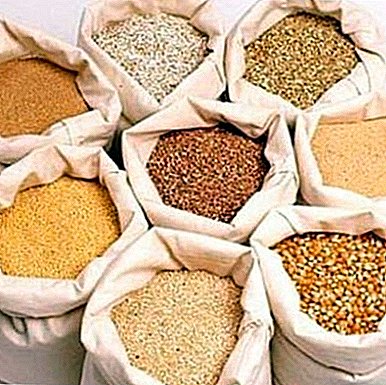 corn - 450 g;
corn - 450 g;- wheat - 120 g;
- barley - 70 g;
- meat and bone meal - 60 g;
- fish bone meal - 50 g;
- grass flour - 50 g;
- yeast - 40 g;
- sunflower meal - 70 g;
- beans (peas) - 20 g;
- vitamins - 15 g;
- salt - no more than 3 g
List of necessary ingredients for mash on water:
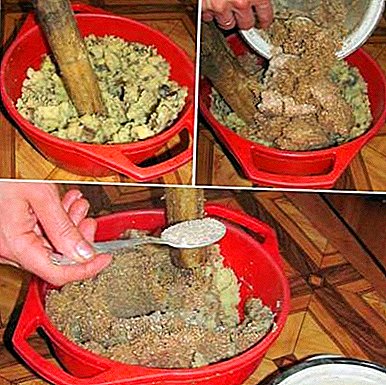 barley - 30 g;
barley - 30 g;- wheat - 30 g;
- corn - 20 g;
- vegetables - 20 g;
- greens - 30 g;
- bran - 5 g;
- Meal - 10 g;
- bone meal - 1 g;
- cockleshell - 3 g;
- chalk - 2 g;
- salt - 0.5 g;
- water;
- additive for egg production - according to the instructions.
Main components
The main components of the feed for layers:
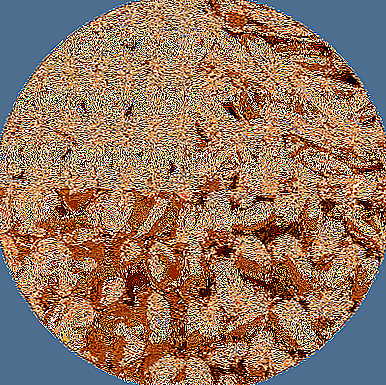 corn;
corn;- cake;
- vegetable fats;
- yeast;
- gravel;
- potatoes;
- germinated grain;
- vitamins and minerals;
- cellulose;
- a piece of chalk.
Since calcium is necessary for the formation of the shell, it is important for the layers to provide free access to its sources (bone meal, chalk, limestone).
Note! It is desirable to have a container with quartz sand, gravel or pebbles that allow chickens to better grind food and assimilate it.
Cooking proportions, recipe
For the preparation of wet mash for layers, take 2/3 of the grain, and 1/3 of the additives. For the preparation of grain mixtures themselves use proportions:
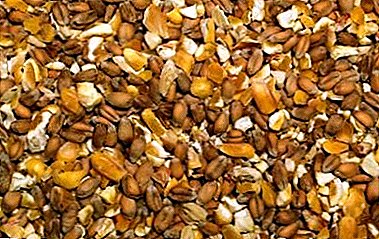 corn - 45%;
corn - 45%;- wheat - 13%;
- barley - 8%;
- yeast - 5%;
- bone flour - 3%;
- chalk - 1%;
- fish meal - 4%;
- grass - 1%;
- salt.
Yeast
Yeast favorably affects the taste properties of feed, and also allows you to increase the content of B vitamins, increases the nutritional value. To hold it is not difficult at home.
Straight way
- At 2 liters of warm water (40 ° C) pour 10 g of dry yeast (previously diluted in water).
- In the resulting liquid pour 1 kg of flour.
- Stir the mass periodically every half hour.
- Apply the resulting feed after 6 - 9 hours.
Sparking method
- In 1 liter of warm water, dilute 20 g of pressed yeast.
- Add 400 g of bran.
- Stir every 20 minutes for 4-6 hours.
- Dilute 3 liters of water.
- Pour 1.5 kg of dry food.
- Every hour to mix thoroughly for 3 hours.
Types of the best products and their price
Wet food - self cooked mash on water, dairy products or broths. Dry food is the above-described compound feed (commercial or grain mixture). Prices for ready-made dry food depend on the quantity purchased. Buy in bulk is more profitable.
The same price depends on the composition, for example, complete feed (PC) will be more expensive than concentrated feed (CC).
It is necessary to choose compound feed proceeding from age of a bird. Retail price for various feeds varies from 12 to 34 rubles (average prices for the market are indicated):
- Mixed feed PK 2 for chickens from 1 to 7 weeks costs 33.75 rubles per 1 kg;
- PC 3 feed for layers from 8 to 20 weeks at the cost of about 22 rubles per 1 kg;
- PC 4 for hens from 14 to 17 weeks costs 19.25 rubles per 1 kg;
- PC 1-1 for hens from 21 to 47 weeks will cost 20 rubles per 1 kg;
- PC 1-2 feed for chickens from week 46 - at 19.25 rubles per 1 kg;
- QC 1 for laying hens is the cheapest - 12 rubles per 1 kg.
The composition of a balanced food
 By truly balanced is considered factory feed, it not only takes into account the composition of food, but also proportions. And also included mineral and vitamin supplements. Therefore, this feed allows you to achieve the highest rates of egg production any time of year. It allows the hens to get the required amount of crude protein, fat, amino acids, calcium, phosphorus, etc.
By truly balanced is considered factory feed, it not only takes into account the composition of food, but also proportions. And also included mineral and vitamin supplements. Therefore, this feed allows you to achieve the highest rates of egg production any time of year. It allows the hens to get the required amount of crude protein, fat, amino acids, calcium, phosphorus, etc.
It is difficult to say what kind of mixed feed to use, as the egg production rate depends not only on the feed, but also on the conditions of the laying hens as a whole. Traditionally, the composition of the factory balanced feed chickens should be (the concentration of the components varies with the age of the hens):
- corn;
- cake;
- corn;
- chalk or shell;
- feed meal;
- fish meal;
- meat and bone meal;
- wheat bran;
- salt;
- premix
Which product is better?
The greatest confidence of the buyers was won by the PC feed. 1. All the necessary elements were added to its structure, so there is no need to think out the diet of chickens, i.e., saving time in the face. Compound feed KK 1 is also quite good for feeding layers, although it contains less vitamins and minerals than in PC 1.
For egg production
For egg production choose such feed, which contain whole grains of wheat. But it alternates with oats, corn.
Be sure to include in the diet of vegetables and vegetables. Greens favorably affect the sock of eggs, because it contains a lot of vitamins. Choice of greenery for chickens Perfectly fresh to give chickens:
 dandelions;
dandelions;- nettles;
- clover;
- spurge;
- sorrel;
- dill;
- parsley;
- luteral;
- plantain;
- leaves of cereals and tops of vegetables.
And in the winter to dry these herbs in bunches, which are freely available to hang in the hen house. In general, greens make up to 30% of the total bird diet.
What can not feed?
Chickens are omnivores, but not all food is useful for them, but some kind is even dangerous.
Potatoes
 Boiled crushed potatoes are good for chickens (not more than 50 g per day).
Boiled crushed potatoes are good for chickens (not more than 50 g per day).
But sprouted or green potatoes represent a danger, because it contains dangerous solanine.
The peel of the potato is too hard for the birds and is not digested, which can cause encephalopathy.
Zucchini
 This is a great vegetable that replaces greens.
This is a great vegetable that replaces greens.
It should be included in the composition of the mash, but to give it yourself is not worth it to avoid indigestion.
Chickens up to 3 weeks zucchini can not.
Bread
 Birds kept in cages, bread is contraindicated. Fresh bread is also dangerous, as the birds swell in the stomach. Black bread contains a lot of salt and yeast, which causes fermentation in the stomach.
Birds kept in cages, bread is contraindicated. Fresh bread is also dangerous, as the birds swell in the stomach. Black bread contains a lot of salt and yeast, which causes fermentation in the stomach.
But if the bird moves, the bread crumbs will perfectly fit into the composition of grain mixtures or mash. White dried bread is used. However, moldy bread is strictly contraindicated, because it can cause poisoning.
Note! Feeding the pastry dough is strictly forbidden, since it is fraught with the thickening of bird blood.
Apples
 Frequent apple feeding causes stomach blockage. Therefore, it is better to eat them once every 2 weeks. 1 apple is enough for 4 birds, otherwise they will move.
Frequent apple feeding causes stomach blockage. Therefore, it is better to eat them once every 2 weeks. 1 apple is enough for 4 birds, otherwise they will move.
A balanced diet for laying hens is a guarantee of their health, high egg production and good quality eggs. Ready food or homemade, wet or dry - its main optimal composition.


 corn - 450 g;
corn - 450 g; barley - 30 g;
barley - 30 g; corn;
corn; corn - 45%;
corn - 45%; dandelions;
dandelions;
